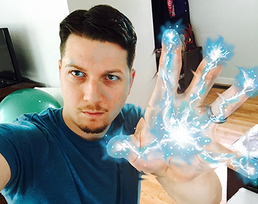 ' There are so many of us who don’t 'make it', and by this I mean getting rich, famous, or having it all. This is especially true with music. As a former member of a high school garage band, I can attest to this. I knew a lot of other musicians at that time, and they too can be counted as the many who never 'made it'. Ultimately it's not the 'making it' that's important, but the attempt that becomes a catalyst pushing you to put yourself out there and explore. This drive tends to go hand and hand with the growing pains of adolescence. It is that journey, that coming of age, that is so compelling to me. The journey we all go through to become an adult is so uniquely personal and yet so relatable. Like a well-known song that everyone can sing along to, but it has a different meaning to each of us. It is that time frame, under the guise of a struggling punk rock band, I try to capture as a setting for my latest graphic novel. I have an amazing amalgamation of stories and memories about neighborhood bands, open mic gigs, and certain musicians who were, well, incredible assholes that were impossible to work with. When we are young it feels like life is beating us up, and sometimes it truly is. We may express this as the 'everything sucks mentality', and sometimes it does suck. At this point many of us realize everything is not as easy as the media and our culture made it seem. We end up working for the man just to keep our dream alive all while trying to divide our attention between friends, family, work, and relationships. Our dreams become utterly exhausting. Fame is such a fleeting thing, and yet something compels us to push through this 'suck' . Maybe it's naivete or misplaced confidence, but somehow we endure and keep going. I think there are a lot of great stories in this particular period of life. I'm looking to capture the feel of growing up in this culture at this time. Consider how I use Charles Shultz brilliant comic strip; Peanuts as an influence. Peanuts gives us a glimpse into young minds trying to figure out the adult world. It gives us a feeling of neighborhood, and social aspect. And that has influenced BBCM and my group of characters and ensemble cast, although they are quite a bit older than the Peanuts gang. My goal was to really get to that adolescents angst. Another, completely different example, Bryan Lee O’Malley’s Scott Pilgrim, a monumental six volume graphic novel tower of awesomeness, encapsulates teen angst and struggle in a very real way. When I read this story, I felt like O’Malley ripped parts of my life out and put it in his story. He nails the familiar situation of adolescents. He sprinkles maintaining life and trying to 'make it' in with the challenge of constant distractions like relationships and wondering if you’re ever going to manage it all, let alone succeed. O'Malley brilliantly captured what I, and many of my peers went through at that age. If you have not read Scott Pilgrim. Do yourself a favor and devour this graphic novel series. If you have ever been in love, young, or in a band you will especially dig it. My goal is to make a tale relatable to as many people as possible. Like a dream you can’t quite remember or a song that you can hum the tune, but don’t know the words to, it should feel like you know it intuitively. Letting go of the specifics gives me the opportunity to do creative world building which enriches the story and allows me to really work on the identities of my characters. Things like where they live, how they dress, fake names, band names and all the things that mirror the adolescent attempt to pull away from what you know and make your own thing. Which, by the way, is the essence of the punk rock lifestyle. You better believe I’m goanna get all philosophical here too. I'm taking a lot of philosophical ideas and melting them into this story because it will be paramount for helping the characters through to the end. The journey of world building and writing is long. Like my story, it's littered with pitfalls, setbacks, budget concerns and obstacles galore. The story is in my head, notes are made, outlines and scripts to be produced. The next step is getting it all written. Because I think in pictures not in words, for me there is an interpretation that happens during the transfer of visual thoughts to written words. They give me a road map for the physical drawings (graphics). As stated before; 'long is the journey', 'Great' maybe 'is the reward'. We have to keep plugging away and keep noting those interesting aspects of life that could add to our story. Getting out there making something for yourself, not listening to naysayers that don’t understand … sounds like a punk rock song to me. Maybe that song is called 'Make It'. Kody Mooneyham is a Graphic Artist/Writer living in the western burbs of Chicago. He work on stories in both traditional and digital mediums. Most of the time he does both the writing and drawing. He has digitally published three web comic series: This Is Making Me Nervous, Top Shelf and Space-O-Nauts. I currently working on an epic punk rock journey of a band called Big Blue Corporate Machines. https://www.facebook.com/ko.d.mooneyham/, https://twitter.com/Ko_D_Art https://ko-d_art.artstation.com One day all our fictions will come true, today we are one step closer!
2 Comments
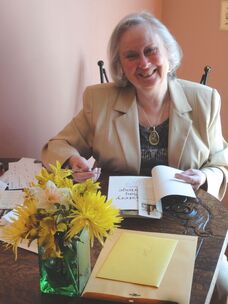 I’m often asked, “What is the most important advice you can give aspiring writers?” I tell them: Don’t wait for that “right time.” Open a journal and start today. Too much time is wasted doing nothing when it takes so little to do something! An understanding of your expectations will avoid disappointment. It will also dictate some of the rules you will choose for your work. For instance, if you are writing for yourself or your family, promoting your book will not be a priority. Be honest and don’t neglect identifying your motivation! Should you give up your interest and write what is popular? Definitely not, but you should know the consequences of writing a less popular genre. If you choose an unpopular subject, your work will be harder to sell if that is your goal. Readers expect characteristics of the genre to be followed. WHAT ABOUT RESEARCH?
GETTING READY TO WRITE 1) Find a comfortable place to work – free of distractions. (It’s not a perfect - world do your best.) 2) Pick out some materials dedicated to writing. Surrounding yourself with favored writing materials will give you pleasure and put you in the mood to work. 3) Computers are not essential for a first draft, but eventually you will need a computer for editing and to prepare your manuscript for submission if you want to publish your work. ** Don’t forget to save and back up your work and label all drafts clearly. It is too easy to confuse multiple drafts. Think carefully about naming your files and be consistent in naming and the folders you store your files in. There is nothing worse than spending hours looking for a chapter and having to rewrite it because it got into the wrong folder. Before you begin putting words on paper, you still need to make a few decisions. Yes, this is true even for writers who don’t outline but write “by the seat of their pants,” like Stephen King. Now start writing! https://www.scribophile.com/academy/using-first-person-pov A Lemont resident and author of local historic mysteries, Pat Camalliere wants people to know what a great place this part of Illinois is. “This is why my books are set here. It’s a fascinating area, geographically unique with an important history, many quirky stories, and ghost lore. It’s a great fit for a mystery series,” Camalliere says. Camalliere’s first novel, The Mystery at Sag Bridge, introduces amateur historian Cora Tozzi, who is haunted by the ghost of a young woman killed in a graveyard at St. James at Sag Bridge in 1898. In the second book in the Cora Tozzi Historical Mystery Series, the award-winning The Mystery at Black Partridge Woods, Cora writes a book about a Potawatomi Indian woman in 1817 who turns amateur sleuth to get her son out of prison. The third book in the series, The Mystery at Mount Forest Island, is about the Chicago mob and a deserted golf course and will be released later this year. All feature area Forest Preserves. Camalliere serves on the boards of the Lemont Historical Society and Lemont Library, and is a member of Sisters In Crime, Chicago Writers Association, and the Society of Midland Authors. She speaks locally on a variety of topics and publishes a blog of historical articles about Northern Illinois, available at www.Patcamallierebooks.com. Contact Pat through her website. |
AuthorsThe Writing Pond Blog is home of The Downers Grove Writers Workshop. It is a compilation of members contributions. We love to write and writing about writing is one of the many ways in which we help to each other to become better and more consistent in the craft. Archives |
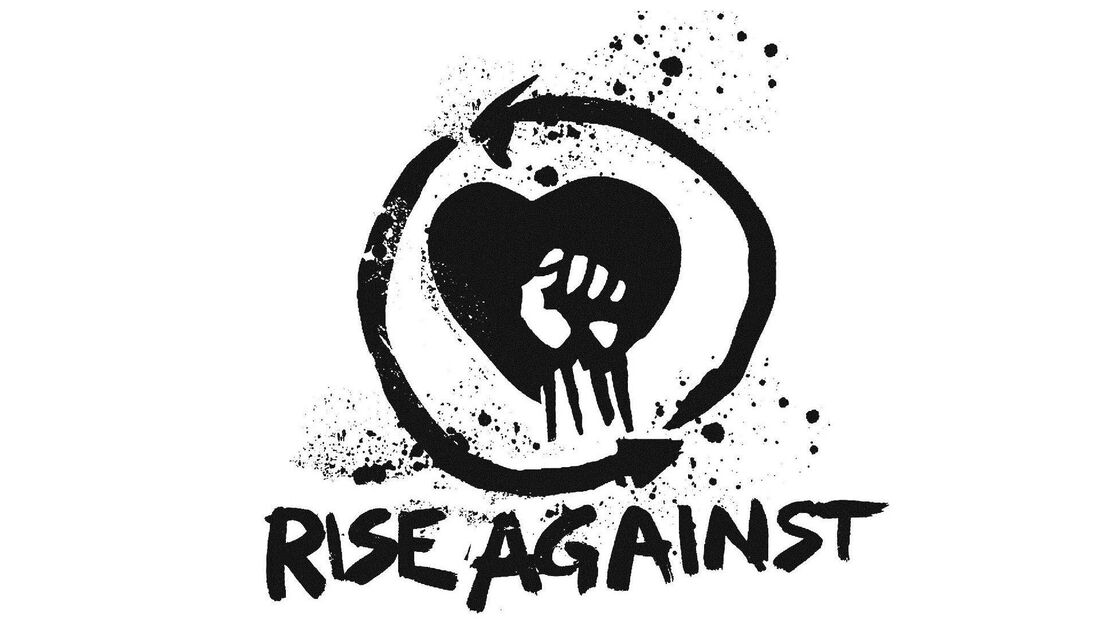
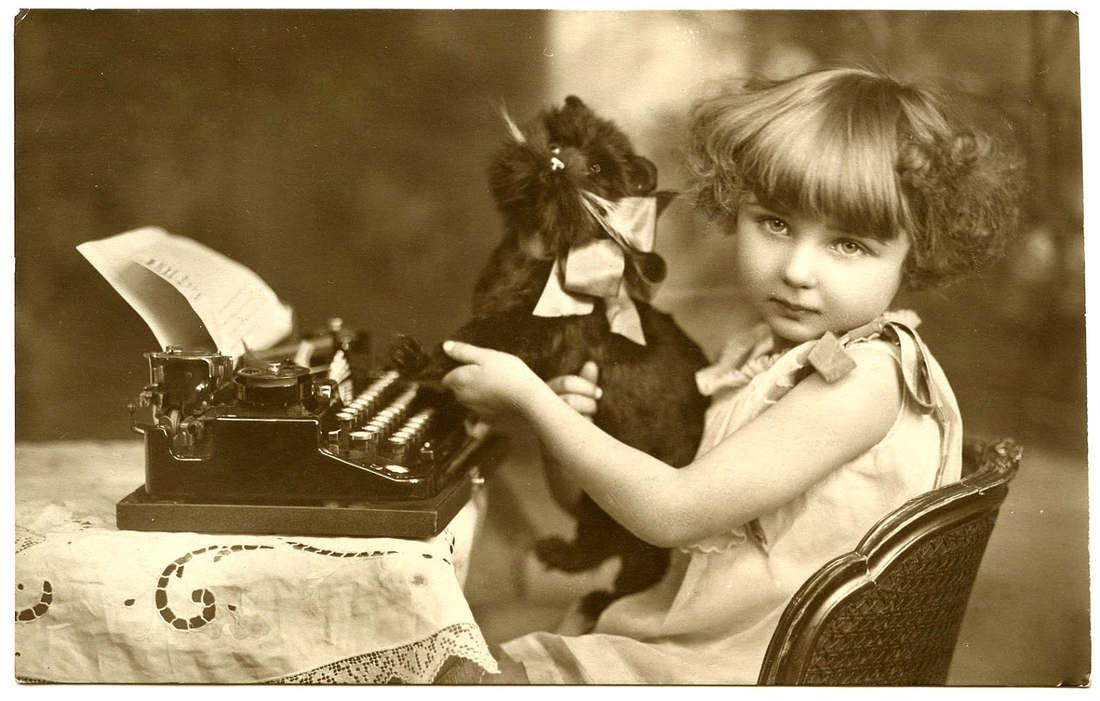
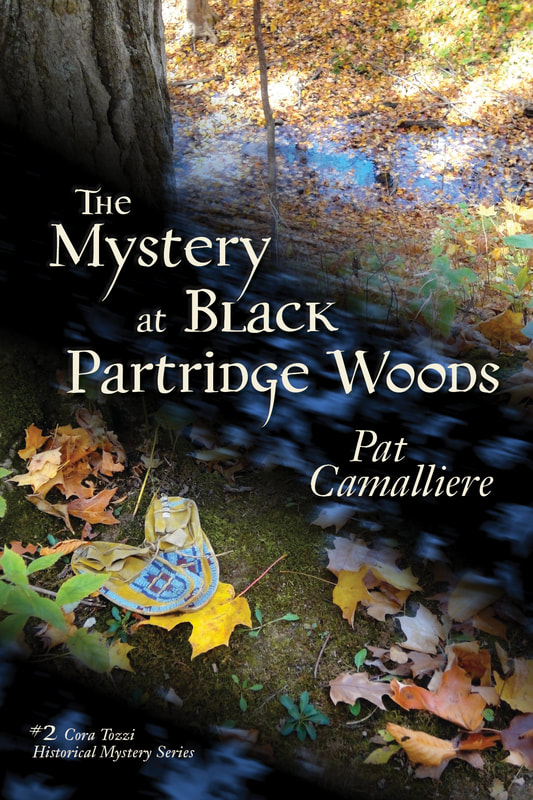
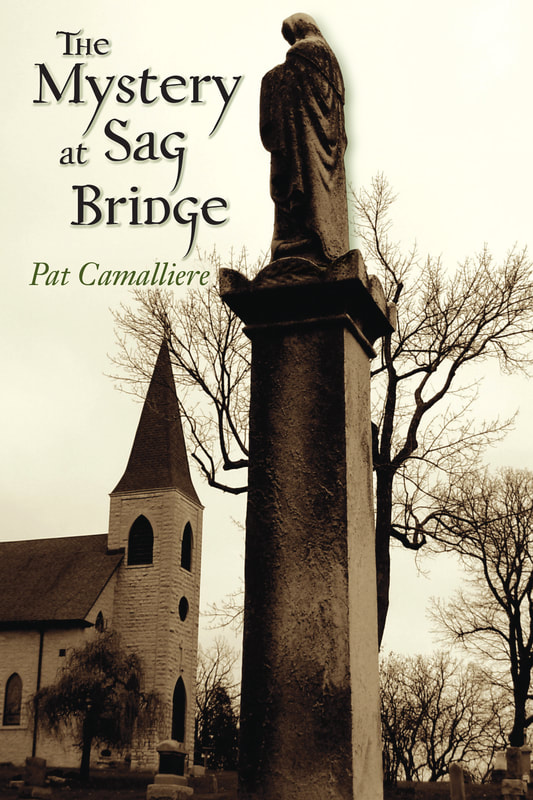
 RSS Feed
RSS Feed